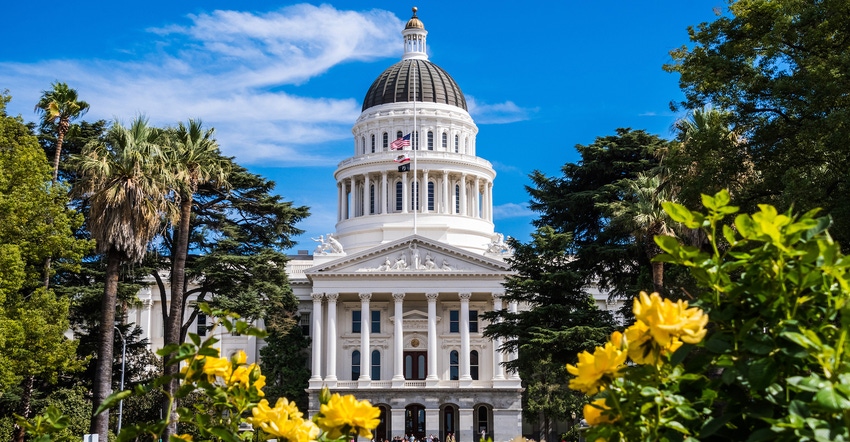The association pointed out the existing gap between the amount of recycled content available and the requirements of AB 478, which mandates that thermoformed containers sold in the state contain a certain percentage of postconsumer recycled content.
April 15, 2021

California Assembly Bill (AB) 478 proposes an amendment to the California Integrated Waste Management Act of 1989 that requires a rigid plastic packaging container to meet, on average, at least one of five specified criteria, including that the container be made from 25% postconsumer material. AB 478 would require thermoformed plastic containers sold in the state to contain specified average amounts of postconsumer recycled (PCR) plastic starting Jan. 1, 2024. The amount of mandated PCR content in thermoformed plastic containers would increase over time — at least 30% PCR content would be required by Jan 1, 2030.
AB 478 would impose annual administrative penalties on producers that violate these requirements. The fines would be deposited in the Recycling Enhancement Penalty Account, which the bill would create.
The bill would require producers to report on or before March 1 of each year, under penalty of perjury, the amount in pounds and by resin type of virgin plastic and PCR plastic used to manufacture the thermoformed plastic containers sold or offered for sale in the state in the previous calendar year. By expanding the crime of perjury, the bill would impose a state-mandated local program. The bill would require the department to post the reported information on its website.
Shannon Crawford of the Plastics Industry Association (PLASTICS) testified on AB 478 on behalf of the 61,800 employees who work in the industry in the state of California, and expressed concerns about the bill. Crawford stated that while members of PLASTICS “strongly support” the use of recycled content in the manufacture of their products and the “positive environmental benefits” that result, PLASTICS’ analysis indicated that there will not be sufficient recycled content to meet the mandates of this legislation. “We hope to work with this committee and other stakeholders to increase the availability of recycled content in the state to meet the goals of this bill,” said Crawford.
Crawford pointed out to the committee that food-safety regulations are among the significant barriers to the use of recycled content in many thermoformed containers. “Just last week, our association released industry guidelines to ensure recycled plastic packaging meets and exceeds compliance requirements to several Food and Drug Administration (FDA) regulations. The guidance document was developed over an extensive two-year process.”
Crawford noted that there remains a “significant gap” between how much recycled content exists and the requirements AB 478 mandates. “We suggest that to achieve these goals this committee focus on advanced sortation and collection technologies,” said Crawford. “The Pacific Northwest Demonstration Project was an industry collaboration that showed secondary sorting could significantly increase the amount of recyclable material captures. The further sortation of these materials increases their market value.”
About the Author(s)
You May Also Like




